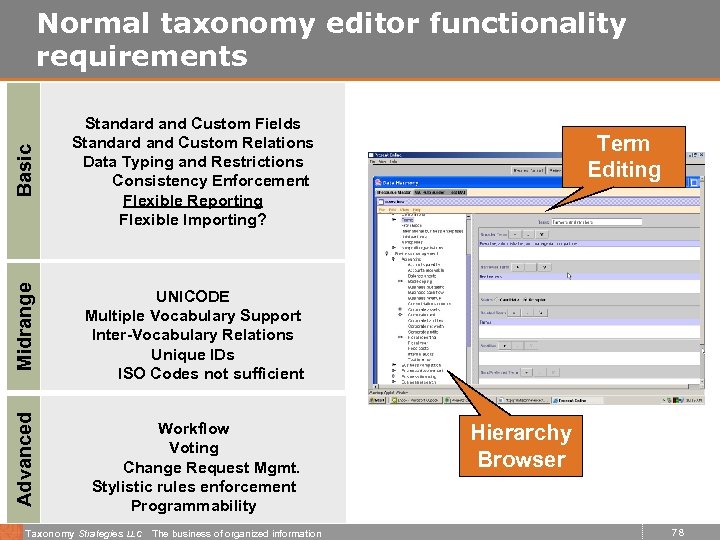

A total of 24 female Large White pigs, with an initial mean weight of 32.9 ± 3.6 kg, were used.

Once the study protocol was approved by the Ethics Committee of the competent authority (Jesús Usón Minimally Invasive Surgery Centre (JUMISC): Ref.0016/17 Extremadura Regional Government: Exp.20170612), the different phases of the study ( Figure 1) were performed according to Spanish Royal Decree 53/2013 and the European regulation (2010/63/EC). The IC administration of 5 × 10 6 HGF-loaded-microspheres 48 h post-AMI did not improve cardiac function, nor did it decrease inflammation or cardiac fibrosis in this experimental setting. No statistically significant changes were found between groups neither in cytokines nor in histological analyses. There were no significant differences between groups in cMR parameters at any time ( p > 0.05).

One animal (MS group) died during treatment. Post-treatment coronary flow was impaired in five animals (MS+HGF and MS group) without significant increases in TnI. Plasma cytokines were determined to evaluate the inflammatory profile and hearts were subjected to histopathological evaluation. Cardiac function was evaluated with magnetic resonance imaging (cMR) before injection and at 10 weeks. TIMI flow and Troponin I (TnI) values were assessed pre- and post-treatment. An IC infusion of 5 × 10 6 HGF-loaded microspheres (MS+HGF, n = 7), 5 × 10 6 placebo microspheres (MS, n = 7), or saline (SAL, n = 7) was performed two days after AMI. Our objective was to evaluate the cardiac safety and effectiveness of intracoronary (IC) administration of HGF-loaded extended release microspheres in an acute myocardial infarction (AMI) swine model. Hepatocyte growth factor (HGF) has angiogenic, anti-inflammatory, anti-apoptotic, and anti-fibrotic properties. Therapy microencapsulation allows minimally invasive, safe, and effective administration.


 0 kommentar(er)
0 kommentar(er)
